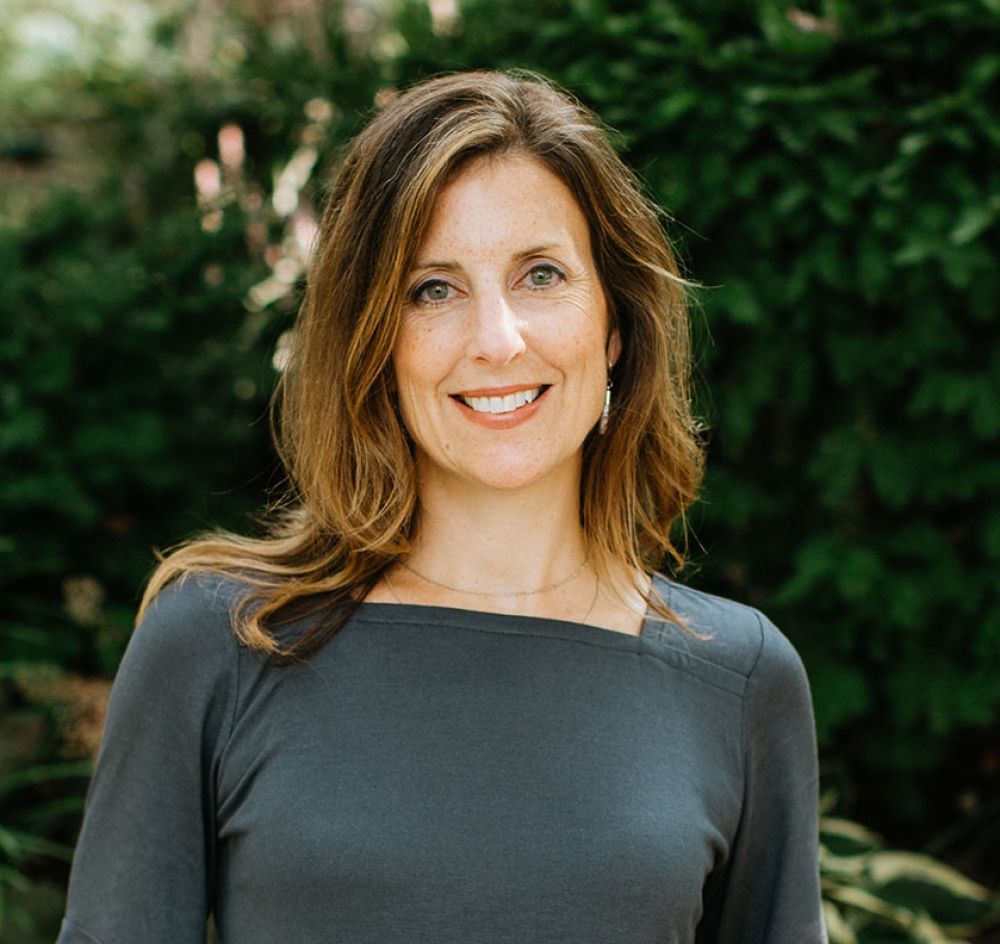The other day, one of my coworkers shared a video on our company's Teams channel that was making the social media rounds. She posted it with just one word of commentary: "Savage." And it was. Posing as a brand anthem for a nameless corporate Everybrand, the video's voiceover goes for the jugular right away:
"Hey. We're a brand. Things are pretty crazy right now, huh? Maybe you're a little scared. We are too. Scared of losing sales. But our advertising agency said that tragedy wins awards."
It goes on to advocate for shamelessly leveraging images of health care workers, vacant cityscapes, and people with tears running down their cheeks, ending with:
"Finally, we're going to ask you to do something for us. And if you don't do it, you'll feel like a bad person. Thank you."
One of the commenters referred to the piece as "brand trashing," which really resonated with me. I've been working in higher ed for almost 20 years, and distrust, misinformation, and sometimes near-hatred around branding still abounds. Nevertheless, we persist. Because we know — and have witnessed over and over — the power of good and authentic branding to help an institution fulfill its mission.
Yet in hard times, I often see colleges and universities pull away from branding efforts, under pressure from influencers both inside and outside of the institution who insist on viewing it as spin or a luxury. As you can guess, I wholeheartedly disagree. Branding is foundational to long-term institutional sustainability, through not only the good times but also — and maybe especially — the bad ones.
I think about one of my clients, NYU. As COVID-19 began ravaging its hometown, my first thought was, "Oh my God, it's in the city. It's in the city." Then my mind went to this line in the university's brand narrative:
"From the start, we have been in, of, and for the city. For the workers, activists, and influencers that truly move our society. For the big thinkers seeking solutions to real problems that are no longer relegated to one country or state, but that are fueled by an interconnected world of metropolitan centers."
Yes.
The NYU brand work was developed well before the coronavirus hit U.S. shores, yet it authentically reflects and guides how NYU always has, and always will, act and impact. A quick glance at the NYU website is all you need to see this brand in action: NYU's residence halls prepping to serve as hospital beds; its law and policy analysts developing protocols for the safe release of prisoners during the pandemic; its drama therapists creating virtual therapy programs for health care workers; its engineers and public health researchers mapping the spread of the virus across the city, state, and country to inform international prevention efforts. This is how brands inspire.
On the opposite side of the state, my clients at the 1,850-student Hamilton College in rural Clinton, NY, are living their brand in a completely different, utterly authentic way. An integral part of what binds Hamiltonians together is the "Hamily," the College's affectionate term for its strongly connected network of students, faculty, staff, and alumni that sustains it through thick and thin. When the pandemic hit, they immediately stood up "Hamilton House Calls," a series of virtual events to keep the campus connected during COVID-19. So far, events have included a calligraphy workshop via Zoom, virtual bingo and trivia, Instagram discussions, and a live-streamed concert by up-and-coming pop band SHAED. This is how brands endure.
Right here at home (literally), the SimpsonScarborough team is putting into practice our own commitment to a research-driven process that encompasses collaboration, creates confidence, and delivers meaningful results. We've conducted two national waves of pulse surveys with high school seniors and current college students to gauge the impact of COVID-19 on their college plans, and we're replicating those surveys for several clients so they can understand how their own audiences compare to national trends. We've held a series of free webinars attended by hundreds of exhausted higher ed marcom professionals eager to hear how institutions around the country are responding to the crisis, and we're pivoting existing projects to serve our clients' suddenly different needs. We are living our brand promise of "creating brands that inspire and endure"—inspiring no matter the circumstances to help organizations endure over time. This is what brands are made for.











